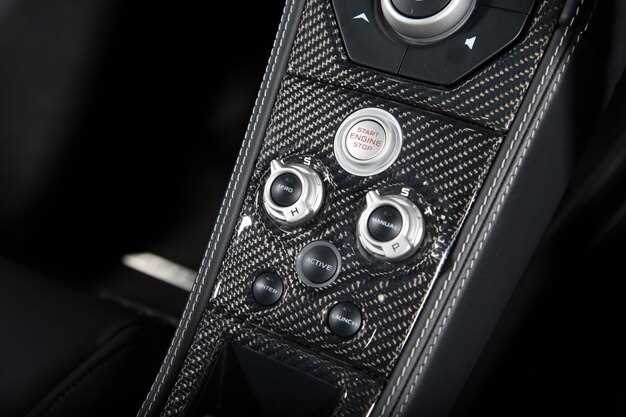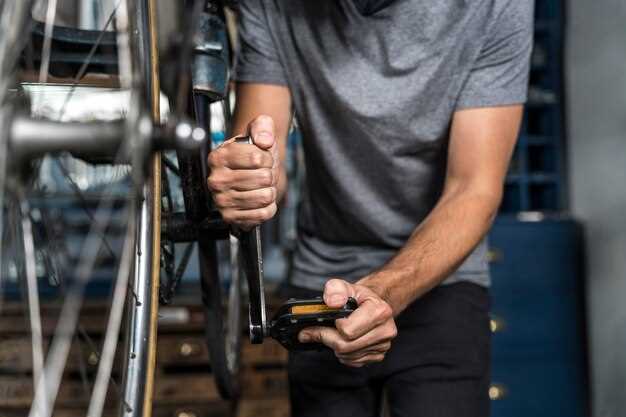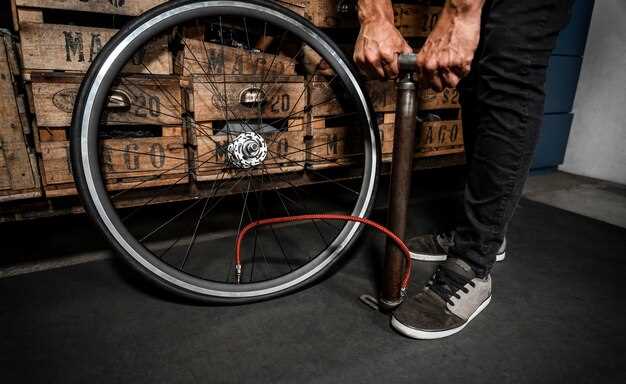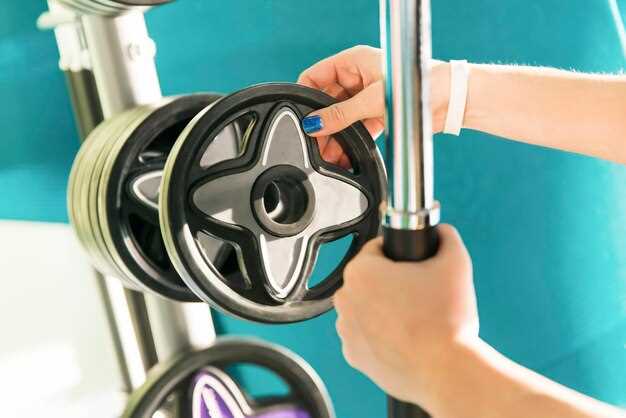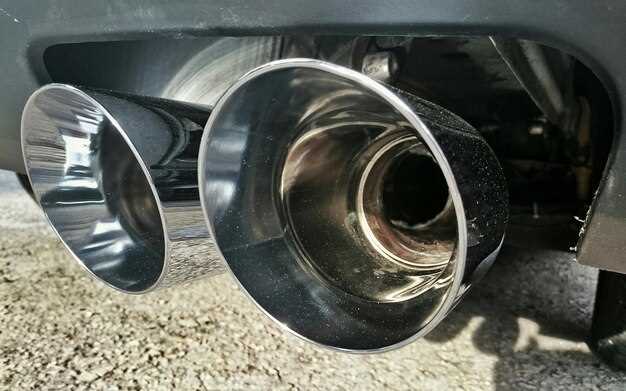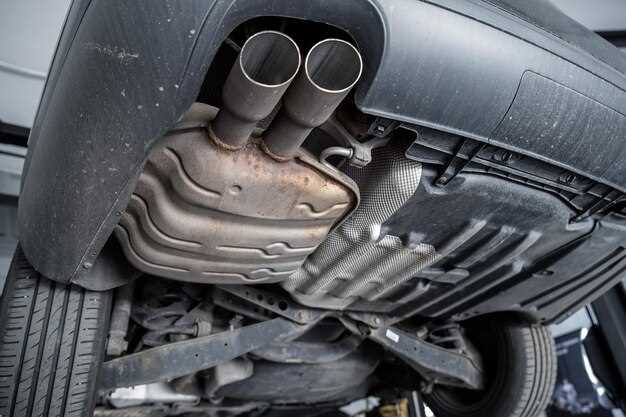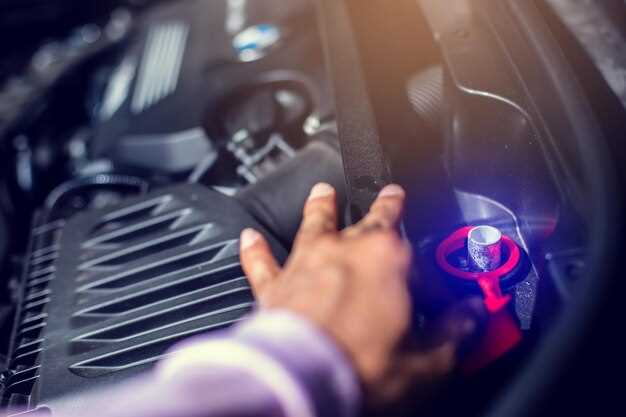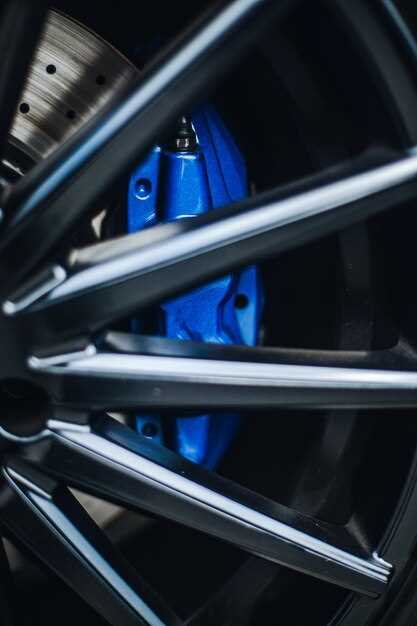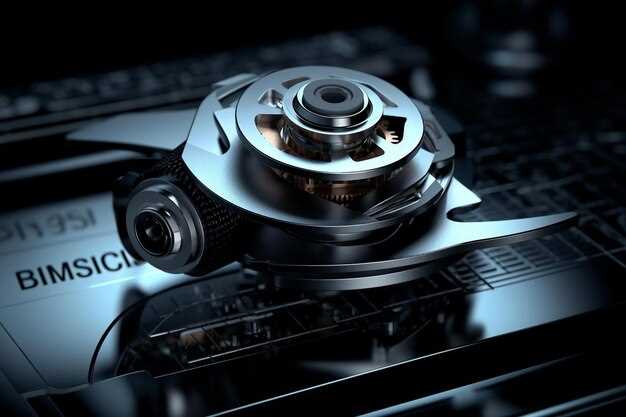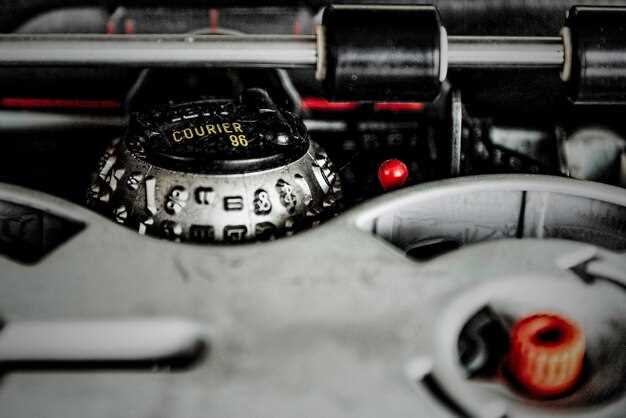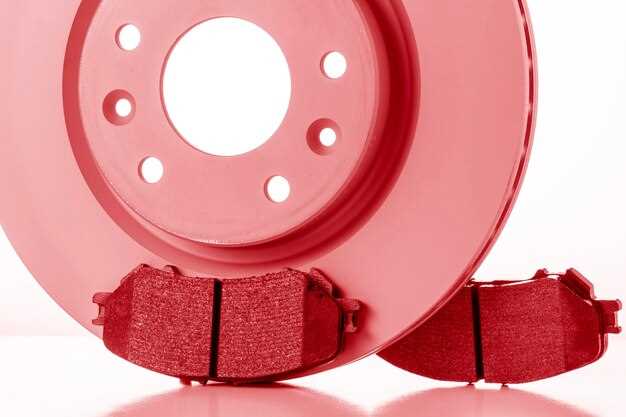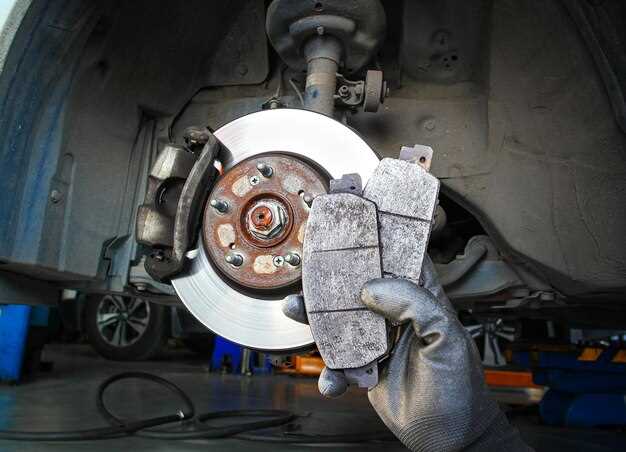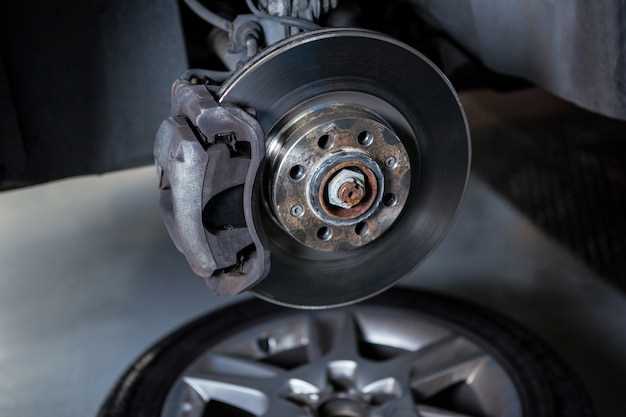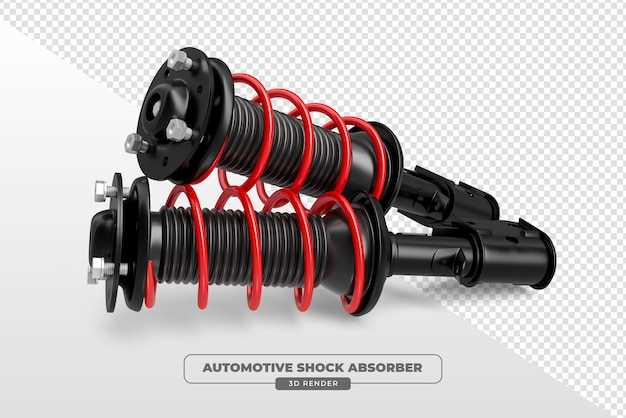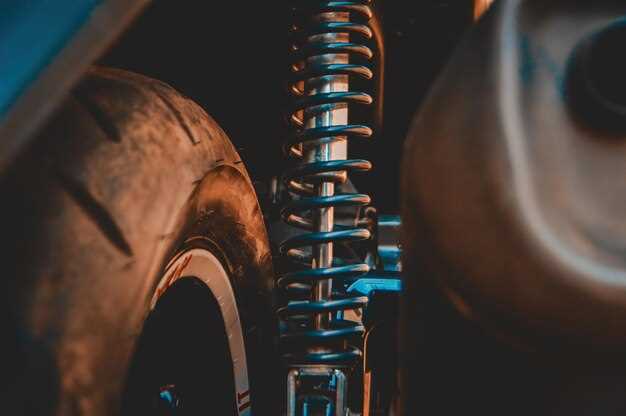
When it comes to maximizing your performance on track days, the choice of tires is crucial. Racing tires are designed specifically to provide optimal grip, allowing drivers to push their cars to the limit while maintaining control. Understanding the differences between various tire types can make the selection process more straightforward and effective.
Track days require tires that not only enhance grip but also offer consistency over extended periods of use. As you navigate sharp corners and straightaways, the right tires will significantly impact your lap times and overall driving experience. This article will help you dissect the important factors to consider when choosing racing tires, ensuring you make informed decisions that elevate your track performance.
Whether you are a seasoned racer or a novice eager to improve your skills, the right set of tires can make all the difference. With this guide, we’ll simplify the selection process, helping you focus on what truly matters: enjoying the thrill of the track while achieving the best possible results.
Understanding the Different Types of Track Tires

When it comes to track performance, selecting the right tires is crucial for optimizing grip, handling, and overall driving experience. There are several types of track tires designed to cater to different racing environments, conditions, and driver preferences. Understanding these options can greatly enhance your track day performance.
1. Slick Tires
These are designed for maximum grip on dry surfaces. Slick tires have a completely smooth tread surface, allowing for optimal contact with the track. They excel in warm, dry conditions, making them the go-to choice for serious racing. However, their performance degrades significantly in wet conditions, so they are not suitable for mixed weather.
2. Semi-Slick Tires
Semi-slicks feature minimal tread patterns, providing a compromise between track performance and everyday usability. These tires offer improved grip compared to traditional road tires while still maintaining some functionality in light rain. They are perfect for enthusiasts who attend both track days and regular driving.
3. Wet Tires
Engineered for rain, wet tires have deeper grooves and channels designed to disperse water away from the contact patch. This design minimizes hydroplaning risks and enhances traction in slippery conditions. While they lack the ultimate grip offered by slick tires, they are indispensable when the weather turns unfavorable.
4. Racing Tires
Racing tires are purpose-built for competitive events. They can come in various compounds that cater to different temperatures and track conditions. These tires often provide superior grip but may wear out quickly, especially during intense racing sessions. Choosing the right compound based on your specific track conditions and driving style is critical.
5. All-Weather Tires
While not specifically designed for the track, all-weather tires can be a versatile option for casual track goers. They offer a balance of performance in various weather conditions, but they typically do not match the level of grip and responsiveness found in dedicated racing tires. Ideal for inexperienced drivers or those who frequent the track sporadically.
Choosing the right track tires directly impacts your racing experience. Consider your driving style, track conditions, and goals to make an informed decision that maximizes your performance on the track.
How Tire Characteristics Affect Racing Grip

The performance of tires significantly influences racing grip on track days. Several critical characteristics determine how well a tire can maintain traction under various conditions. The compound, tread pattern, and tire construction all play pivotal roles in this aspect.
Tire compound refers to the materials and chemicals used in the rubber. Softer compounds generally provide better grip as they conform to the surface of the track more effectively, increasing the contact patch. However, softer tires wear out quicker, necessitating a balance between performance and longevity. Harder compounds, on the other hand, offer durability but may sacrifice some grip, especially in cooler temperatures.
The tread pattern is another essential factor. Slick tires, for example, lack grooves and maximize contact with the track, making them ideal for dry conditions where optimal grip is crucial. Conversely, tires with more aggressive tread patterns excel in wet conditions, dispersing water and preventing hydroplaning. Choosing the appropriate tread pattern for the forecast conditions can enhance grip and overall performance.
Tire construction impacts how a tire behaves under load. A stiffer sidewall can improve steering response and handling precision, translating into better grip during cornering. However, overly stiff tires may compromise ride quality and traction on uneven surfaces. A well-balanced construction allows for optimal performance without sacrificing comfort.
Lastly, tire pressure also affects grip. Properly inflated tires ensure even contact with the track surface, maximizing performance. Under-inflated or over-inflated tires can lead to uneven wear and reduced grip, adversely affecting handling and safety during high-speed racing.
Selecting the Right Tire for Your Vehicle and Driving Style
Choosing the appropriate tires for track days depends on various factors, including the type of vehicle, driving style, and specific track conditions. Each aspect plays a crucial role in maximizing grip and performance during racing.
First, consider the following factors:
- Vehicle Type: The make and model of your vehicle significantly influence tire selection. Sports cars often benefit from high-performance tires designed for better grip at higher speeds, while sedans may require different tire characteristics.
- Driving Style: Your preferred driving technique will directly impact tire choice. Aggressive drivers may opt for softer compounds that provide maximum grip, while smoother drivers might prefer longevity and stability.
- Track Conditions: Analyze the specific track you will be racing on. Some tracks have more abrasive surfaces while others may be slick. Choose a tire that offers the best performance for those conditions.
Next, evaluate the types of tires available:
- Track Tires: These tires are specifically designed for racing. They typically feature soft rubber compounds for increased grip and are not suited for everyday driving.
- Street-Track Compounds: A compromise between street and track performance, these tires offer adequate grip while maintaining some level of durability for occasional street use.
- All-Season Tires: While not ideal for track days, if you’re participating in occasional track events and prioritize everyday drivability, these tires can work in a pinch. However, expect reduced grip compared to dedicated racing tires.
Finally, assessing the tire sizes that fit your vehicle is vital. Ensuring the right fit not only enhances performance but also impacts handling and stability on the track.
In conclusion, selecting the right tire requires careful consideration of your vehicle, driving style, and track conditions. By understanding these factors, you will be better equipped to choose tires that offer optimal grip and performance for an exhilarating track day experience.




